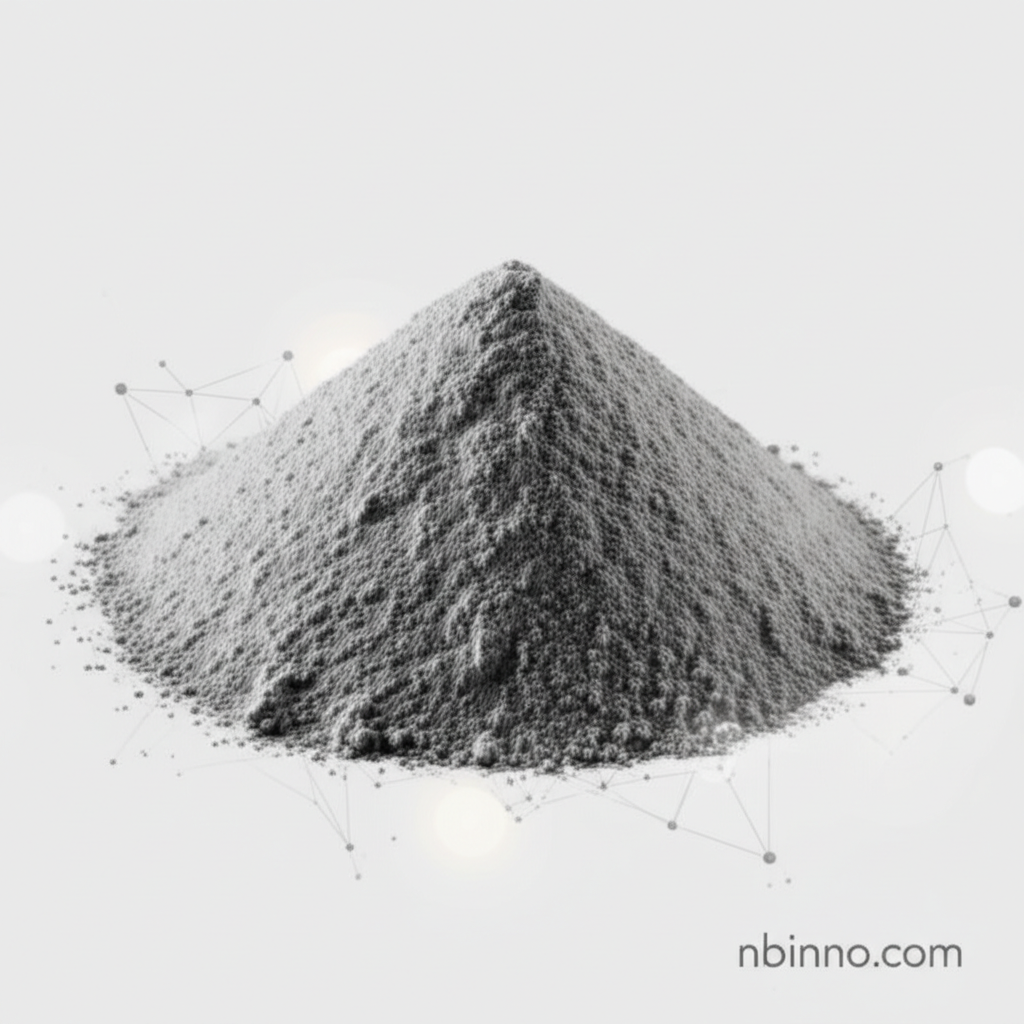1,1-Difluoroethane: Properties, Applications, and Environmental Considerations
Explore the essential properties, diverse industrial applications, and environmental profile of 1,1-Difluoroethane, a key compound in modern chemical manufacturing.
Get a Quote & SampleProduct Core Value

1,1-Difluoroethane
As a leading supplier in China, we offer 1,1-Difluoroethane, a versatile chemical compound. It is valued for its zero Ozone Depletion Potential (ODP), making it a crucial component in sustainable industrial practices. Our commitment as a manufacturer in China ensures high-quality supply for your diverse needs.
- Explore the diverse 1,1-difluoroethane refrigerant applications, providing efficient cooling solutions with improved environmental performance.
- Discover the benefits of using HFC-152a foaming agent uses in plastic production, offering an alternative to ozone-depleting substances.
- Understand the production of vinylidene fluoride, a key monomer for advanced fluoropolymers, facilitated by 1,1-difluoroethane as an intermediate.
- Learn about the industrial uses of difluoroethane as an aerosol propellant, adhering to stringent volatile organic compound (VOC) regulations.
Product Advantages
Environmental Friendliness
With a zero Ozone Depletion Potential (ODP) and a lower Global Warming Potential (GWP) compared to many other hydrofluorocarbons, 1,1-difluoroethane is a key component in environmentally responsible industrial practices. This makes it an attractive choice for businesses focusing on sustainability.
Versatile Applications
The compound's unique properties allow it to serve in a wide array of sectors, from being a critical part of 1,1-difluoroethane refrigerant applications to acting as an efficient foaming agent. Its utility spans across cooling systems, material science, and consumer products.
Chemical Synthesis Intermediate
1,1-difluoroethane is instrumental in the production of vinylidene fluoride, an essential monomer for high-performance fluoroplastics and fluororubbers. This highlights its role in the advanced materials supply chain.
Key Applications
Refrigeration
As a refrigerant (R-152a/HFC-152a), it offers a viable and environmentally conscious alternative to chlorofluorocarbons, contributing to energy efficiency in cooling systems.
Foaming Agent
Used in the production of plastic foams, replacing traditional ozone-depleting substances and meeting stricter VOC regulations, making it ideal for expanding foam products.
Aerosol Propellant
Its properties make it suitable for use in aerosol sprays and gas dusters, especially in applications where environmental impact and VOC content are carefully managed.
Chemical Intermediate
Crucial for synthesizing vinylidene fluoride, a building block for advanced materials like PVDF resins, underscoring its importance in the specialty chemical sector.
